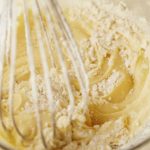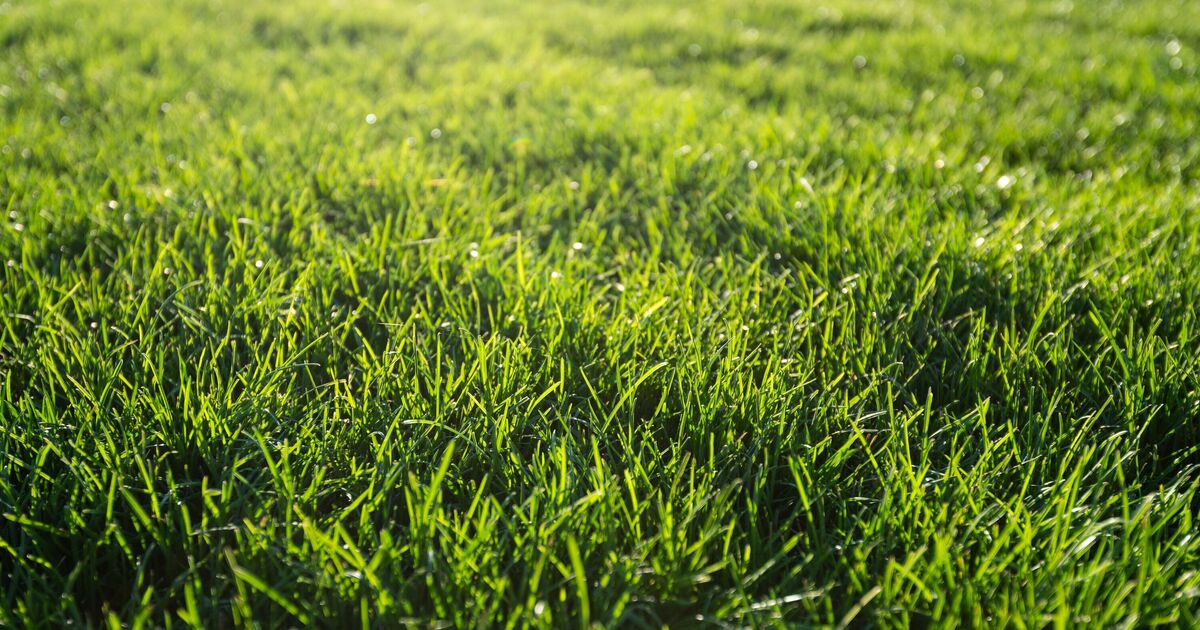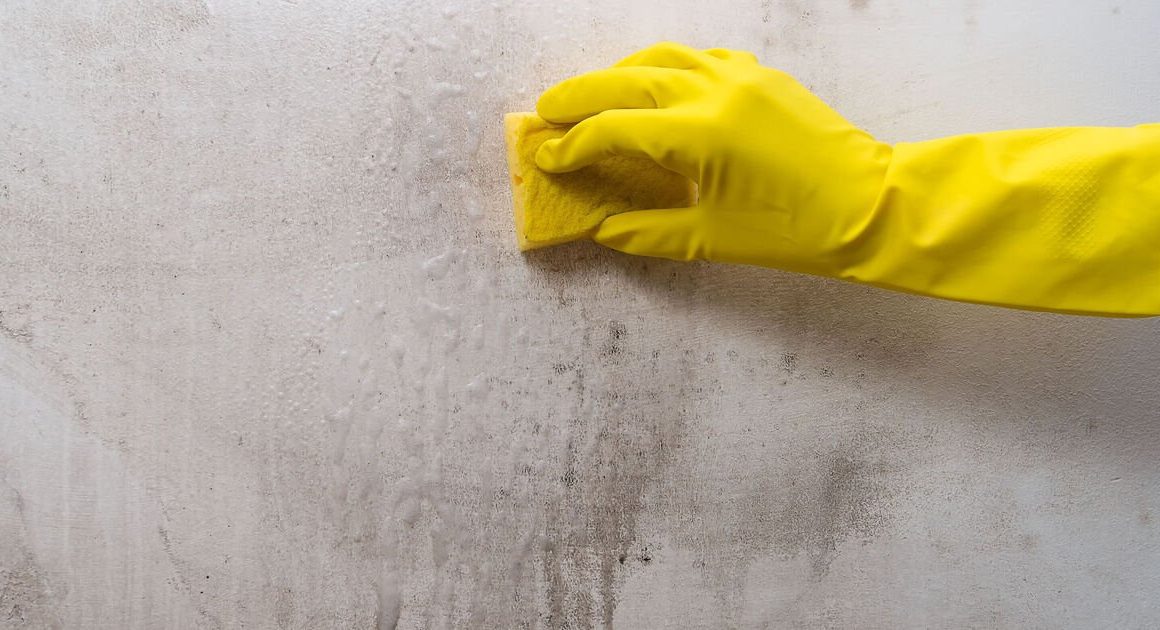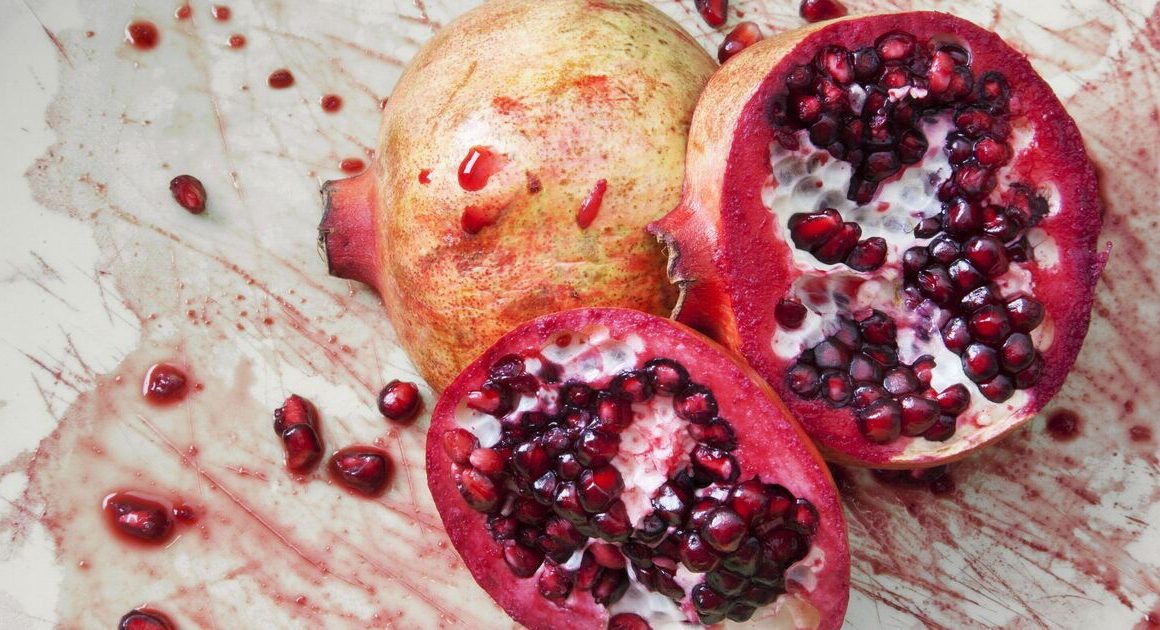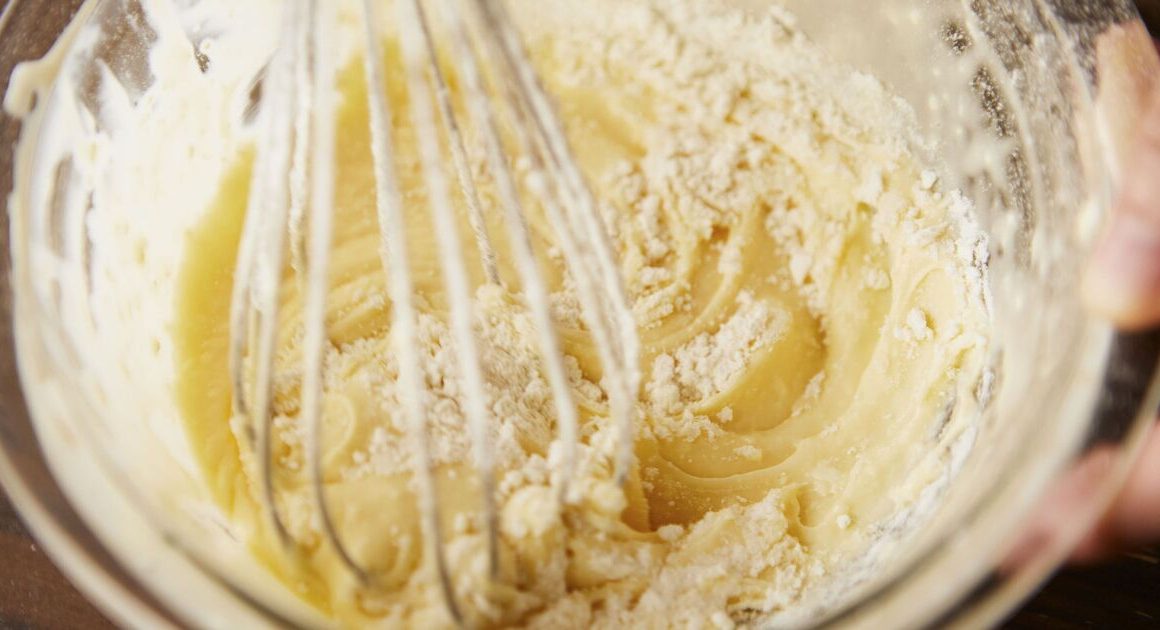Lawns are left to fend for themselves during winter, as gardeners cannot do much during this time.
Grass plants go dormant over the winter, which means the grass blades no longer grow, and the main growth functions close down for the cold season.
This puts an unhealthy lawn at risk of weeds, fungi, and moss, all of which rather enjoy the winter.
If bald spots are left over from the heavy use of summer, weeds will take advantage of the clear earth.
If the soil is compacted and soggy, moss and fungi will happily thrive on lawns and once these problems occur, they require some substantial solutions come spring.
So, preparing your lawn for winter means your turf approaches the cold season with the best possible chance of emerging beautifully come spring.
While gardening experts recommend starting with a general tidy-up of dead leaves and debris, there’s one job the pros at George Davis Turf claim is the “most important” to tackle.
They said: “Aeration is one of the most important jobs you can do for your lawn right now. This is particularly important in heavy clay soils, which may be rather compacted.”
So what is aeration? Well, this involves making a series of holes in the soil below the grass to allow air, water and nutrients to penetrate the grass roots, helping the turf to remain “healthier, stronger and greener”.
Aerating your lawn also helps to break up the layer of dead grass stems and other plant material that builds up on the soil surface.
This layer is called “thatch” and can form a barrier that stops water from getting to the soil.
If you don’t have a garden fork or aerator, you can make some small holes in the lawn with a garden trowel.
The experts pointed out: “It is vital to action this during autumn as the ground is moist but not soggy.”
Once you’ve finished tidying and aerating your lawn, give it a good feed with an autumn lawn feed, as fertilising your lawn in autumn helps to replenish the nutrients that have been depleted.
This gives the grass a much-needed boost, enabling it to remain “healthy and green throughout winter”.








